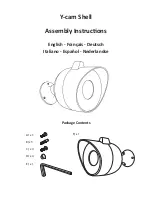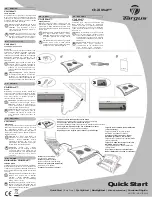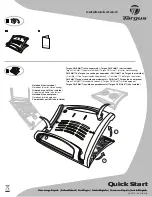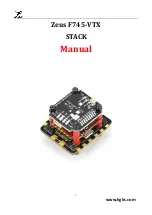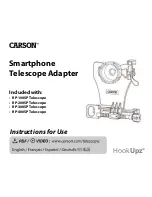
Manual, F/T Sensor, Ethernet Axia
Document #9620-05-C-Ethernet Axia-02
Pinnacle Park • 1031 Goodworth Drive • Apex, NC 27539 • Tel:+1 919.772.0115 • Fax:+1 919.772.8259 •
C-78
11. XML Interface
A user application can retrieve the sensor settings in XML format by using standard Ethernet HTTP requests. This
enables programs to read system settings such as the Counts per Force value. The Java
®
demo application uses data
from these XML pages to correctly scale displayed data.
In the following tables, the data types of XML elements are as follows:
Table 11.1
—Types Used by XML Elements
Data Type
Description
DINT
Signed double integer (32 bit)
ENABL
Boolean using
Enabled
to represent 1 and
Disabled
to represent 0
HEX
n
Hexadecimal number of
n
bits, prefixed with
0x
INT
Signed integer (16 bit)
REAL
Floating-point number (32 bit)
SINT
Signed short integer (8 bit)
STRING
n
String of
n
characters
UDINT
Unsigned double integer (32 bit)
UINT
Unsigned integer (16 bit)
USINT
Unsigned short integer (8 bit)
The values of all data types are presented as an ASCII strings.
Arrays are represented if the suffix
[i]
is attached to the data type, where
i
indicates the number of values in the
array. Array values in an XML element may be separated by a semicolon, comma, or space.
11.1
System and Configuration Information (netftapi2.xml)
The XML page netftapi2.xml retrieves the system setup and active configuration.
The reference column in
indicates which .htm page and .cgi function access this element. Refer
Section 6—ATI Ethernet Axia Webpages Interface
Table 11.2—XML Elements in netftapi2.xml
XML Element
Data Type
Description
Reference
runstat
HEX32
System status code
–
runft
DINT[6]
Force and torque values in counts
rundata
runsg
INT[6]
Strain gage values
runmtx
REAL
Matrix value
runmcb
HEX32
Threshold breached
runmco
HEX8
Threshold output
runmcl
USINT
Threshold latched
unbiasedsg
INT
Unbiased strain gage values
setbias
DINT[6]
Software bias vector
setting
setrate
USINT
Set the ADC rate
setiirshift
USINT
Set a filter































